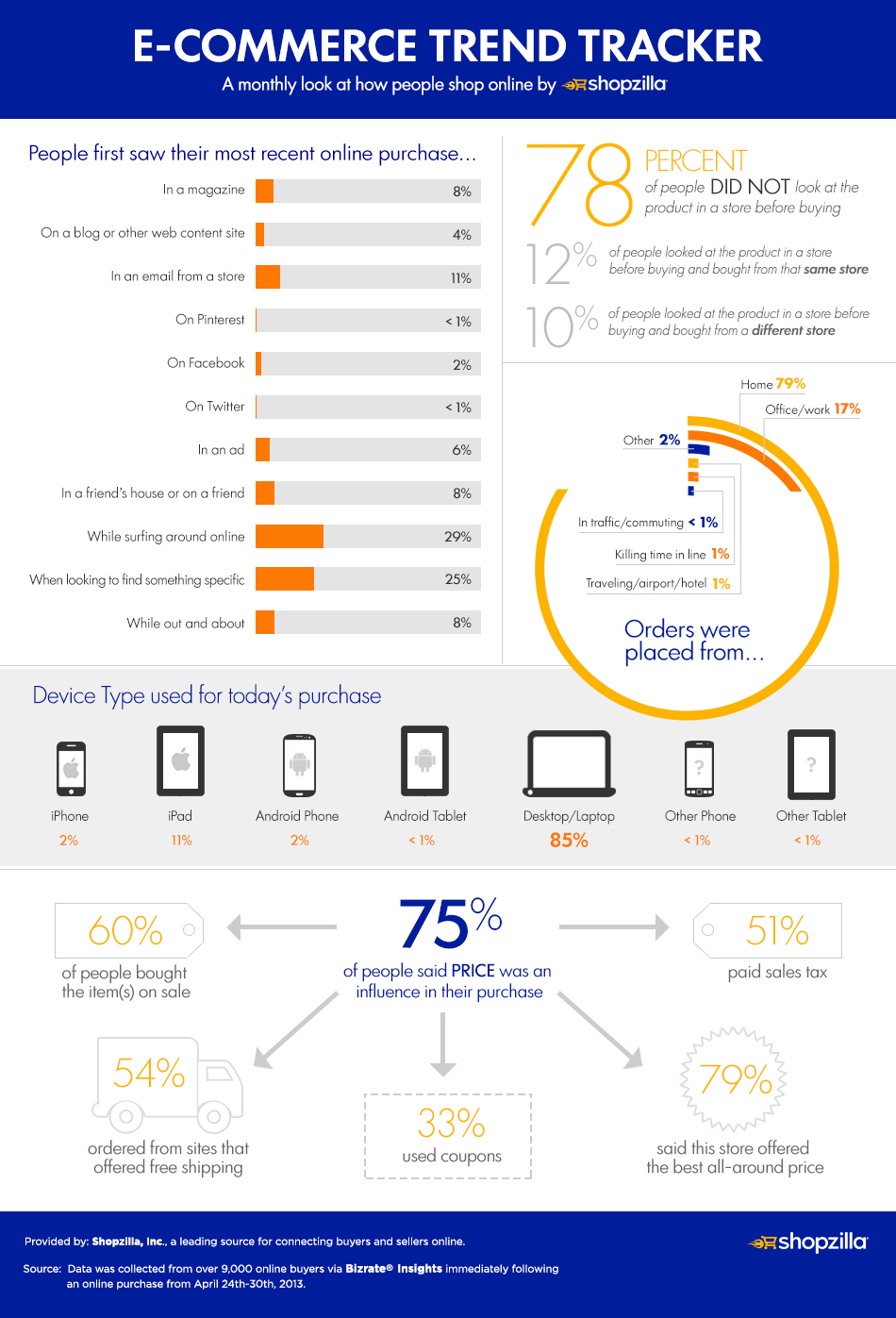When compared to smartphones, these devices are being used on an increasing basis for shopping.
As consumers become increasingly reliant on their mobile devices for everything from communication to purchasing and payments, data is starting to reveal that it is tablet commerce that is racing forward at the fastest pace within the m-shopping space.
While smartphones are still in the lead, their larger screen cousins are beginning to catch up.
The latest research from MasterCard has shown that there is a great deal of debate regarding the importance of the role of tablet commerce in mobile shopping as a whole. Smartphones are a great deal more common, but purchases aren’t being made as often or in as high a value on them as their bigger mobile counterparts.
Now, a new study is suggesting that tablet commerce may soon virtually replace smartphone shopping.
 Forrester Research has just released a study that suggests that it is tablet commerce that is paving the way to the future and that these devices may replace smartphones when it comes to searching for products and actually purchasing them. Their data showed that 30 percent of American tablet owners use those devices for shopping purposes.
Forrester Research has just released a study that suggests that it is tablet commerce that is paving the way to the future and that these devices may replace smartphones when it comes to searching for products and actually purchasing them. Their data showed that 30 percent of American tablet owners use those devices for shopping purposes.
On the other hand, that same research indicated that only 13 percent of smartphone users have every purchased anything using that mobile device. This indicates that device users favor tablet commerce due to the larger screen size and the features that those machines are able to offer. The bigger screen plays a very important role in the shopping experience because it provides better overall navigation and control, and simply makes pictures and other content easier to see.
The Forrester Research report also predicted the sales in mobile and tablet commerce for this year right through until 2016. According to its forecasts, while smartphones remain in the lead now, tablet commerce will be much more important by the time that the end of its current predictions is reached and $27 billion in sales is achieved overall.
Tablet commerce is expected to have a massive contribution to that total sales figure in the future. Forrester believes that by 2016, 45 percent of mobile shoppers will own these devices.

 An infographic released by Shopzilla has indicated that smartphones and tablets having a meaningful impact.
An infographic released by Shopzilla has indicated that smartphones and tablets having a meaningful impact.